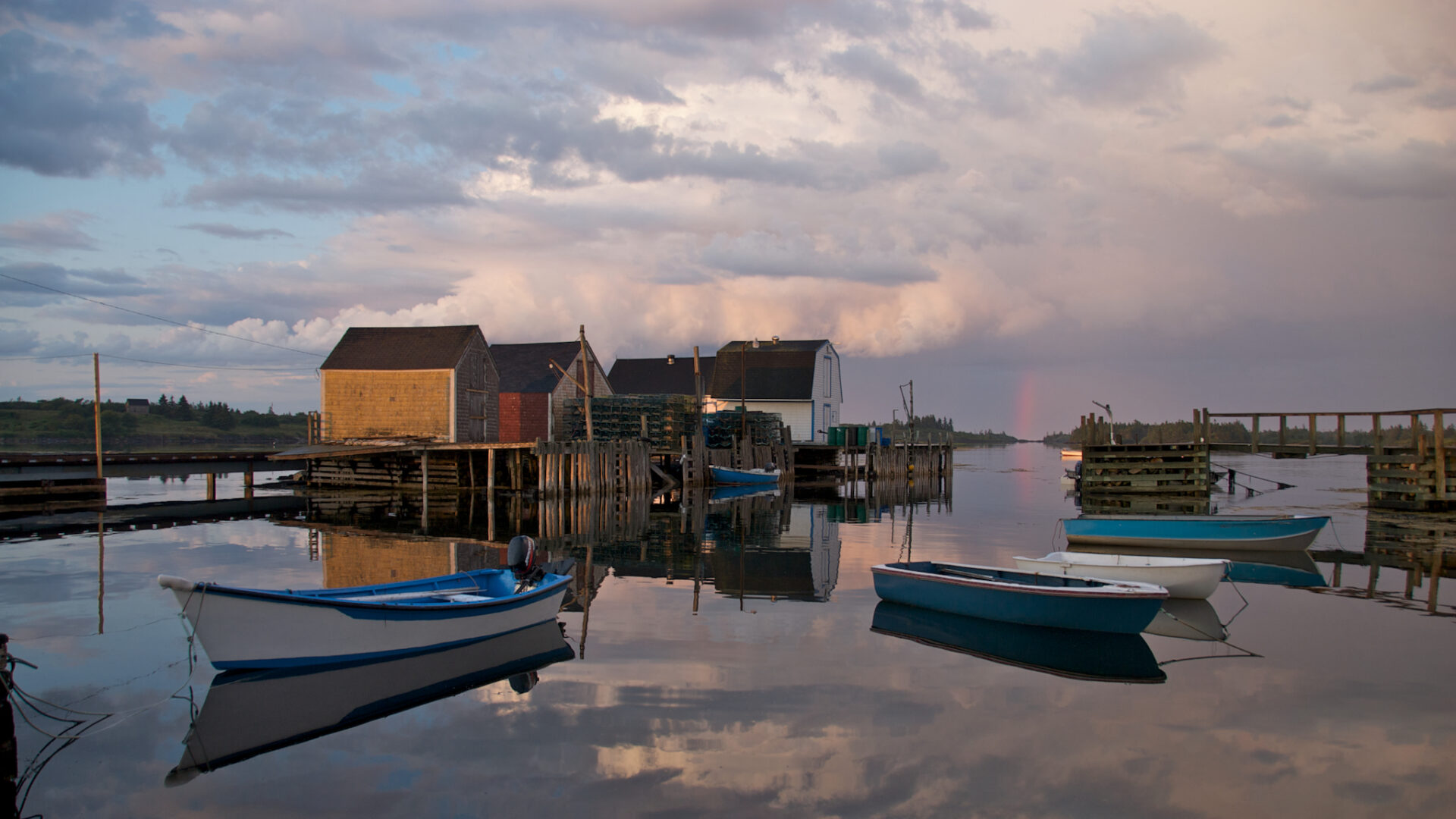In addition to the photos of the last two posts, I have put together a gallery of photos (below) taken in different areas of central Nova Scotia (primarily the Annapolis Valley and south coast near Lunenburg).
Nova Scotia is best known for the world’s largest tides. A time-lapse is the best way to observe this, but it was not possible to set up my camera in one location for such an extended period. The best I could do was a couple of before and afters, here taken in Hall Harbor:
The House is an interesting story. I was driving along an empty road, with little but fields on either side. Then I saw on the right-hand side what I thought was an abandoned piece of property. There was a short driveway, with a gate at the end. Neither appeared to have been used in a decade. So I pulled in, and took a few shots. A disgruntled voice called out, “Hey you, get out of here! I don’t know why you want a picture of my house anyway!” The man had come out of what looked to me like an abandoned trailer. I apologized and took off. I tend to be quite respectful (perhaps overly so) when taking pictures, and in fact drove by the property three times before concluding it was abandoned. I do like the photo of his house, but I do wish I knew his story.

The first two photos of the gallery require some explanation. They were taken at Joggins Fossil Cliffs, another UNESCO World Heritage Site. The first picture is of 300 million year old giant centipede tracks, which grew up to 6 feet in length and 18 inches in width; the second an imprint of a coal age swamp tree.








































